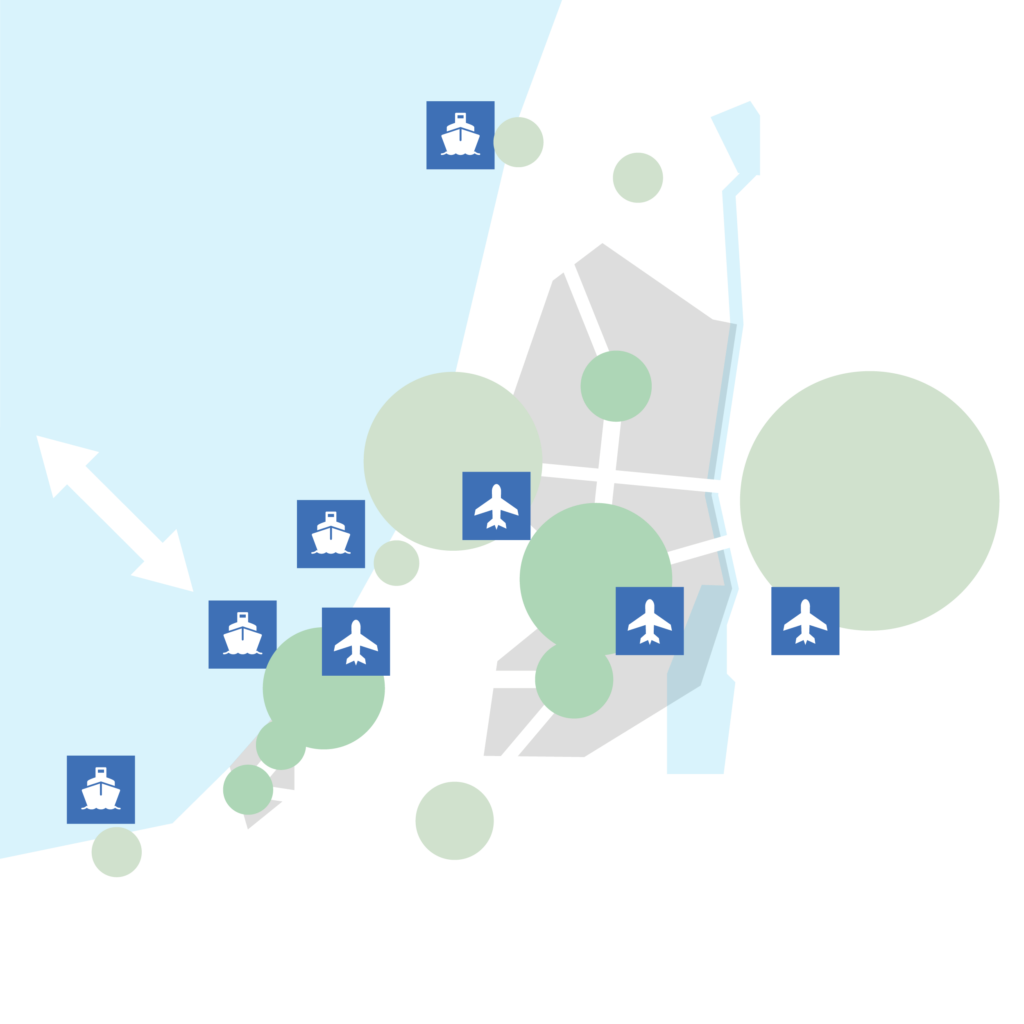3
urbanization
PALESTINE EMERGING recognizes that coordinated urbanization is the foundation of future growth.
COORDINATED DEVELOPMENT
Well-connected urban territory magnifies the value of Palestine’s human capital. Spatially uncoordinated reconstruction and development may be more expedient in the short term, but it will undermine future potential and eventually constrain opportunities for Palestinians in an increasingly competitive and sophisticated world.
COORDINATED URBANIZATION
Our long-term view advocates for building in the right place. The physical reconstruction of Gaza will require extraordinary effort.
We anticipate where people will settle, how land uses will coordinate with commuity centers, strategic road alignments, transport assets, power and water systems, and environmental open spaces.
Gaza will face enormous pressure in the short term to establish temporary housing camps and provide essential infrastructure.
It is importnat to define the long-term plan before committing to short-term development. Temporary assets should not be put in places where they will block strategic corridors and projected urbanization in the future.
See also: Global Palestine Connected Gaza
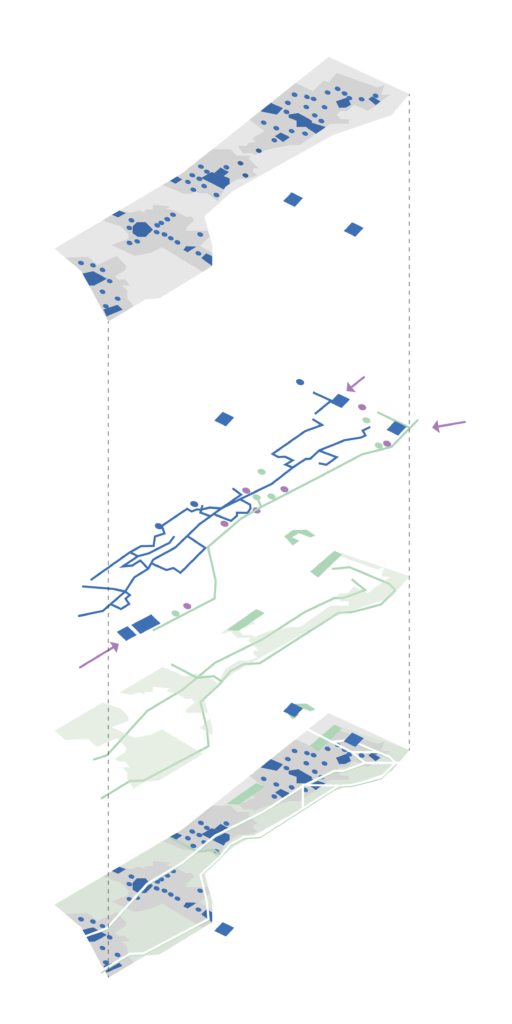
URBANIZATION PRINCIPLES
BUILD IN THE RIGHT PLACE
Focus Gaza’s urban growth and avoid sprawl in order to promote resilient communities, maximize investment potential and preserve the environment.
Plan residential development in rebuilt Gaza City, Deir Al Balah, Khan Yunis and Rafah around urban centers to maximize pedestrian accessibility to community facilities, services, and employment.
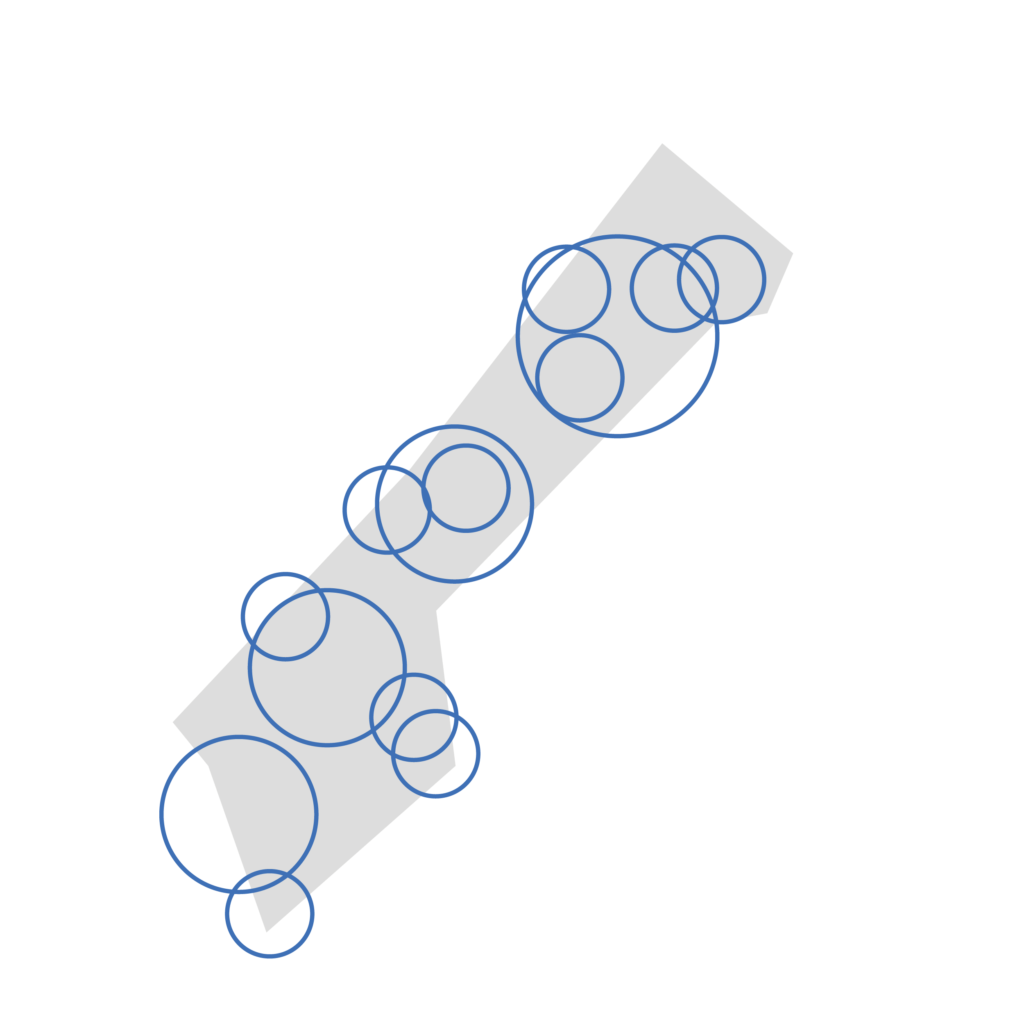
Grow to the North
Concentrate urban growth and strategic transport in the north of Gaza. This maximizes the value of large infrastructure investments and creates urban areas with the critical mass for a globally connected Palestine.
Strategic assets, including a port, airport, industrial zone, and a Gaza-West Bank Link, create regional and international connectivity. Gaza City and Khan Yunis will absorb the greater share of urban growth to become a nearly contiguous urban area.
The south will return to a lower urban density, preserving key agricultural and environmental areas, and low-intensity coastal tourism.
CONNECT From the Edge
Create a high-capacity road and rail spine along Gaza’s northern and eastern boundaries to serve key industrial sites and remove heavy traffic from urban and environmental areas. Connect to Gaza’s towns from the high-capacity spine with secondary roads.
Build on History
Gaza’s urban areas grew as trading centers along the Via Maris (now Salah Al-Din Road), with connections to the coast. Adapt this historic structure as the basis for contemporary urban development, maintaining Salah Al-Din as the primary connector. Retain the identity of Gaza’s four towns. Develop Salah Al-Din as a pedestrian-friendly urban throughfare and key public transport corridor. Connect urban centers to the coast with enhanced east-west routes (such as Omar Al Mokhtar Street).
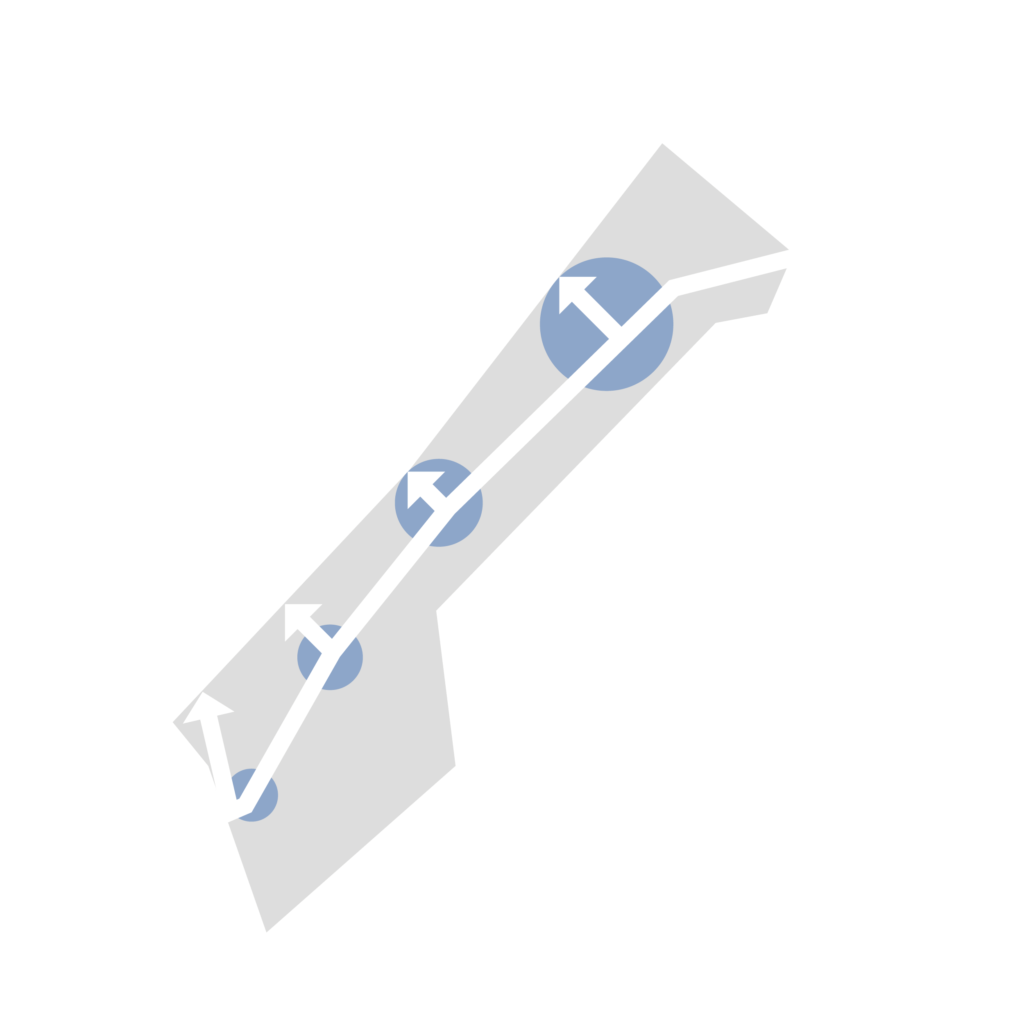
Recover NATURE
Restore Gaza’s environment to support wildlife and promote recreational activity. Preserve the coastline and the Mawasi dune system. Define a high-quality agricultural base around urban areas to provide local food. Integrate a network of green open spaces into the urban areas.
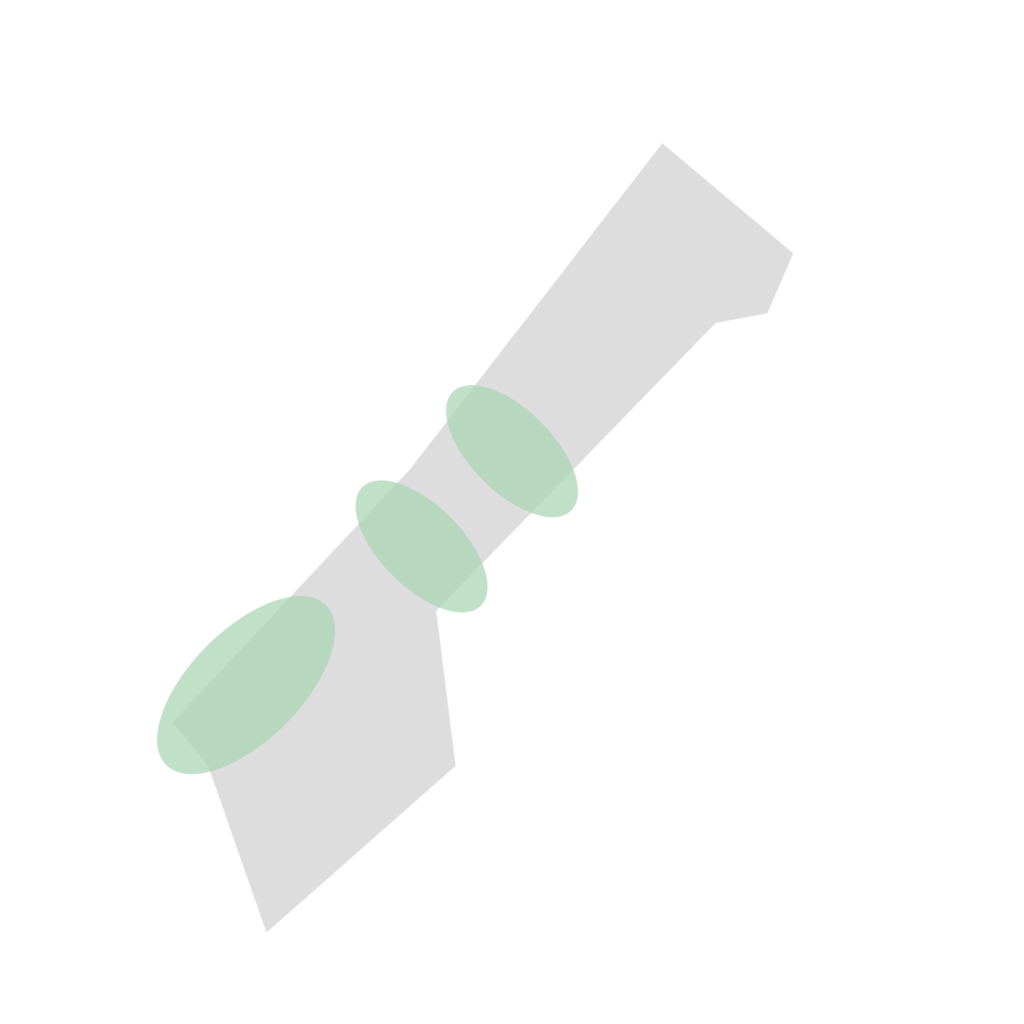
SHORT TERM (<2030)
Micro-Scale
Political and security conditions remain a major constraint. Reconstruction focuses on current challenges and urgent needs, most notably in relation to humanitarian stabilization, ordnance removal, water and energy, environmental degradation, and socioeconomic collapse. There is a temporary connection between Gaza and the West Bank
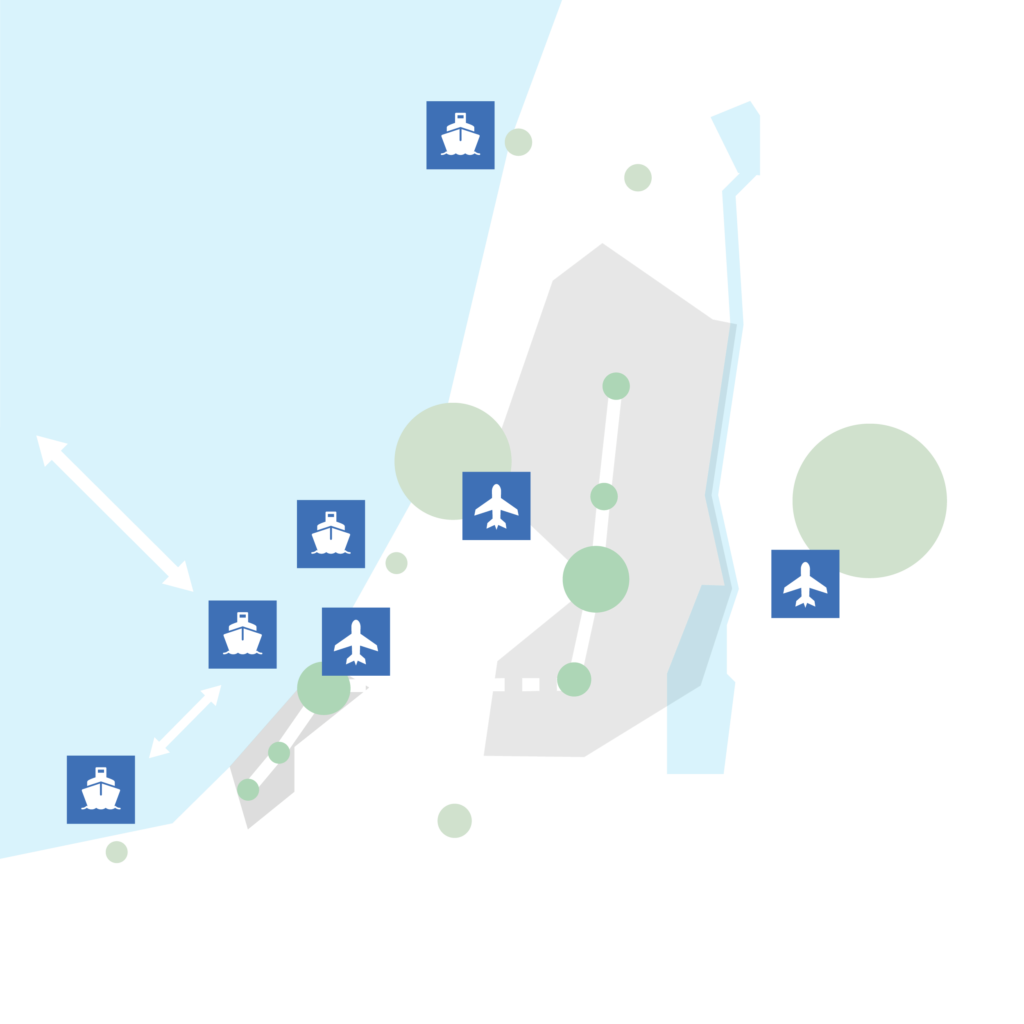
MEDIUM TERM (<2040)
Meso-Scale
The multi-layered system of restrictions hindering development in Palestine – and Gaza in particular – is progressively lifted. There is sustained progress towards greater openness and connectivity, including a strategic link between Gaza and the West Bank via Hebron, and from Hebron to Ramallah and Nablus via an improved highway.
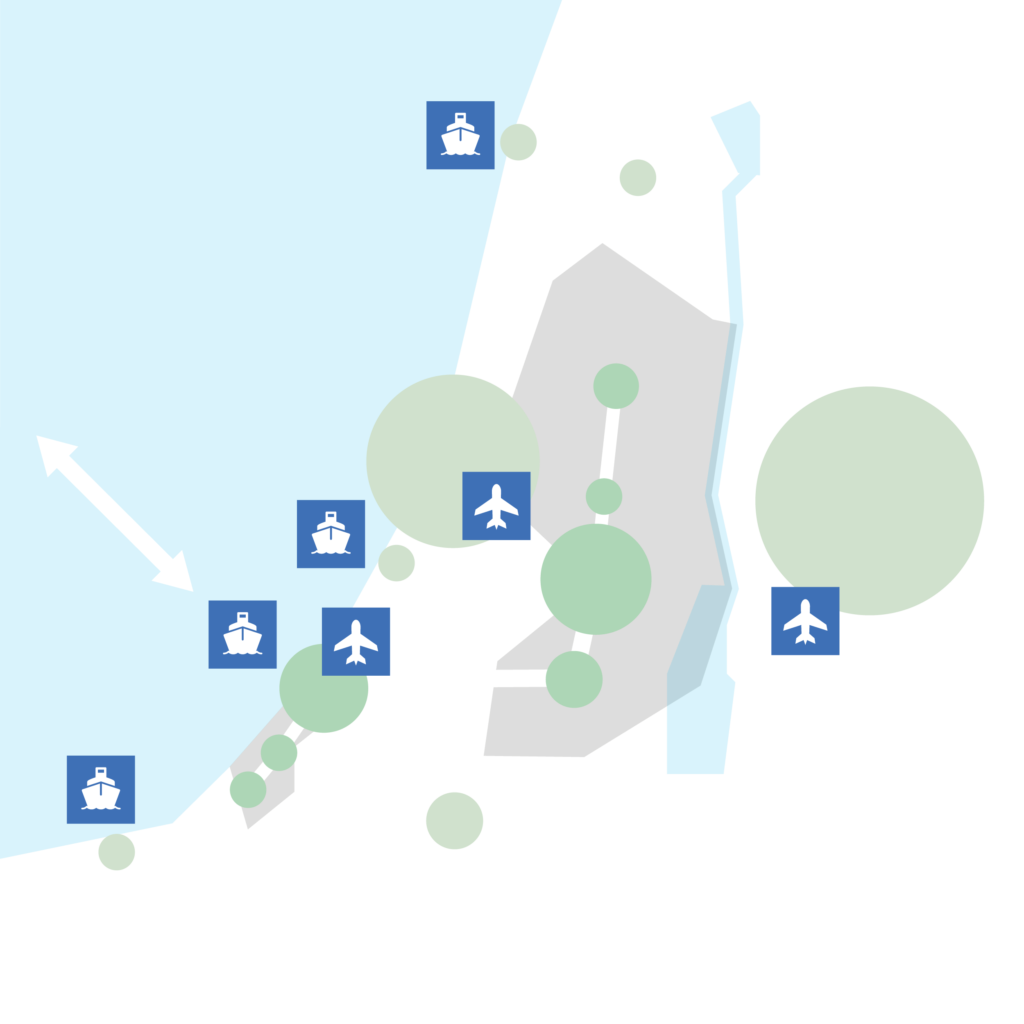
LONG TERM (<2050)
Macro-Scale
Gaza and the West Bank accommodate a population of around 13 million people, with development focused on regional and international trade and exchange. Palestine functions within an emerging trans-national Levantine Mega-Region and is integrated with core urban centers in neighboring countries. Maritime corridors to Cyprus (Europe) and an air corridor to Dubai (Gulf) complement strategic links east to Jordan and south to Africa.
